- Transcriptomes of cultured neurons created from human-induced pluripotent stem cells tend to be enriched in genes linked to autism and schizophrenia. BMC Biology
- A structural modeling approach accurately predicts which variants of the autism-linked gene TRIO alter interactions between the TRIO and RAC1 proteins, a pathway involved in neuronal development. Spectrum has previously reported on TRIO mutations in autistic people. Molecular Autism
TRIO gene; left-handedness; gender diversity
Here is a roundup of autism-related news and research spotted around the web for the week of 15 April.
By
Jill Adams
16 April 2024 | 2 min read
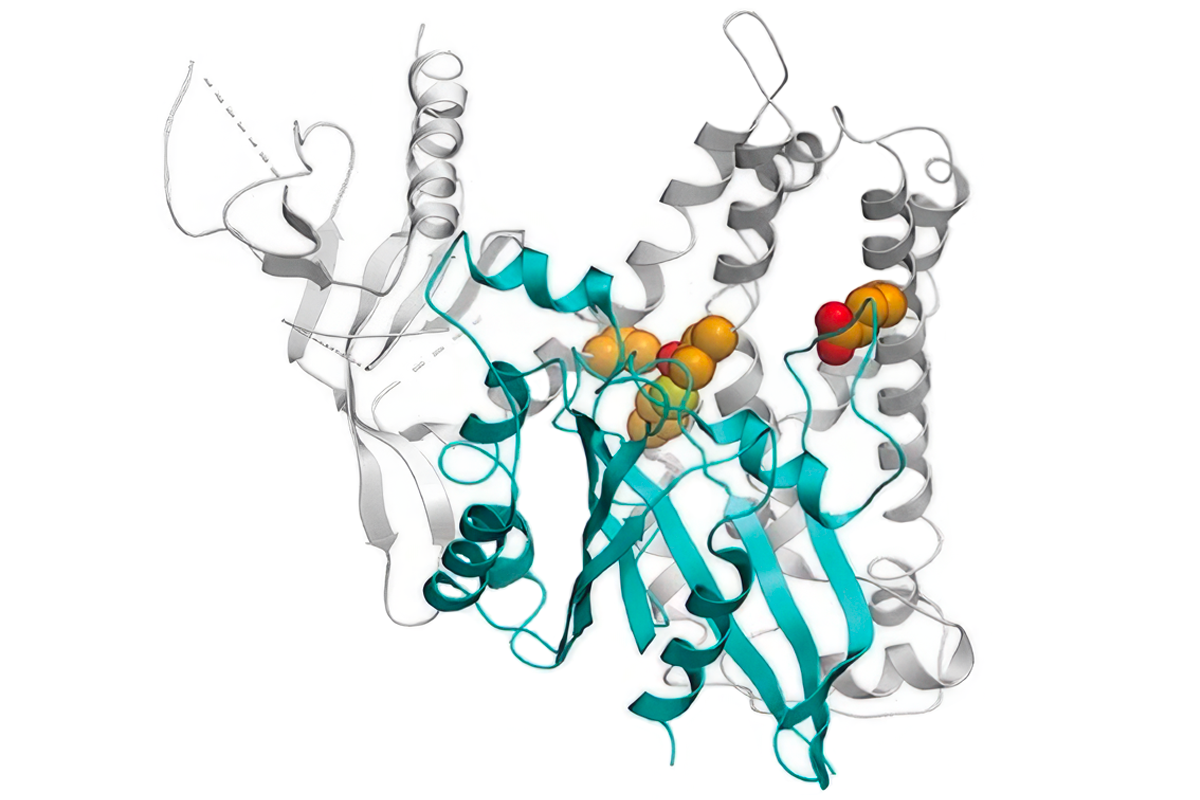
Irreconcilable differences: Mutations in the GEF1 domain of the protein TRIO (gray) are predicted to disrupt its binding to RAC1 (cyan).
- Mice that carry variants of the NACC1 gene—which are linked to severe neurodevelopmental delay in people—have altered genomics and synaptic function, and display behaviors that appear to model the syndrome. Journal of Neuroscience
- People who carry rare variants of the TUBB4B, DSCAM and FOXP1 genes are more likely to be left-handed, an observation that may inform the development of the brain’s left-right axis and may relate to neurodevelopmental conditions such as autism. Nature Communications
- Autistic people assigned female at birth, those who identify as female and those who are gender-diverse tend to receive their autism diagnosis at a later age than autistic people assigned male at birth, those who identify as male and those who are cisgender, respectively. Autism
- Early differentiation of GABAergic interneurons is regulated by the FOXG1 gene, which is linked to autism and Rett syndrome. PNAS
- Female, but not male, mice missing the autism-linked gene PTEN have hyperexcitable cortical sensory circuits that reflect changes in glutamate and estrogen receptor activity. Cell Reports
tags:
Recommended reading
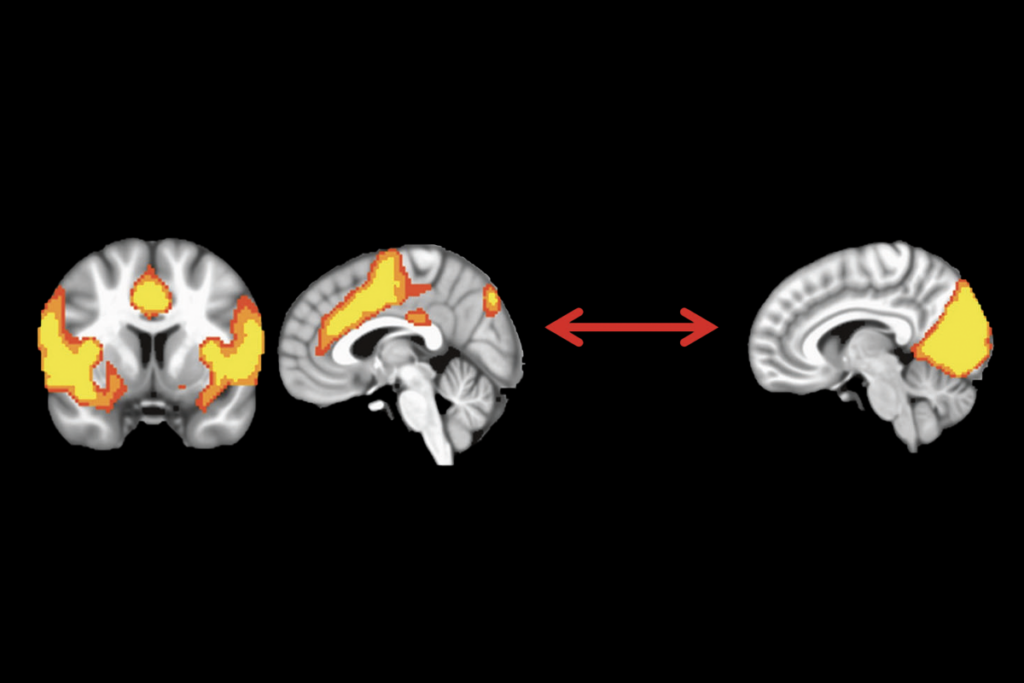
Developmental delay patterns differ with diagnosis; and more
By
Jill Adams
15 April 2025 | 2 min read
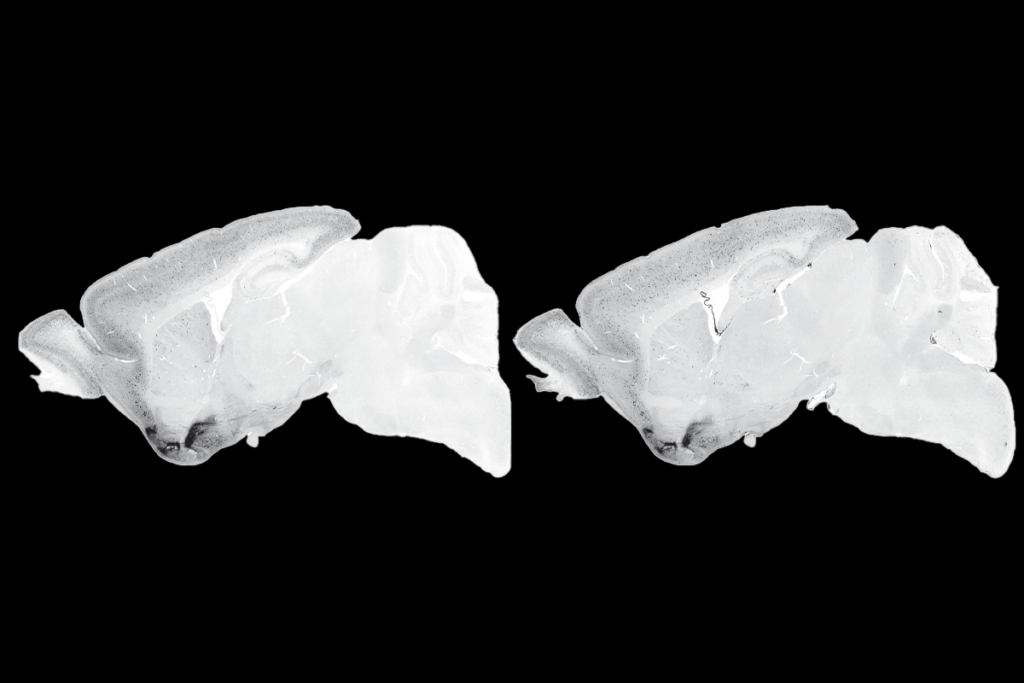
Split gene therapy delivers promise in mice modeling Dravet syndrome
By
Holly Barker
10 April 2025 | 5 min read
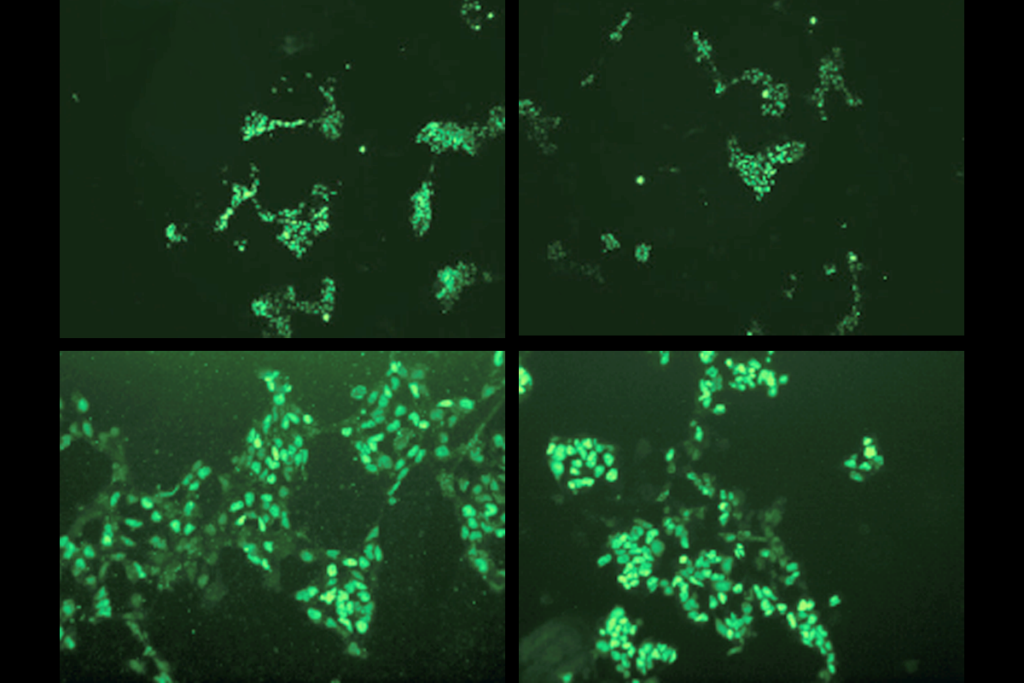
Changes in autism scores across childhood differ between girls and boys
By
Jill Adams
8 April 2025 | 2 min read
Explore more from The Transmitter
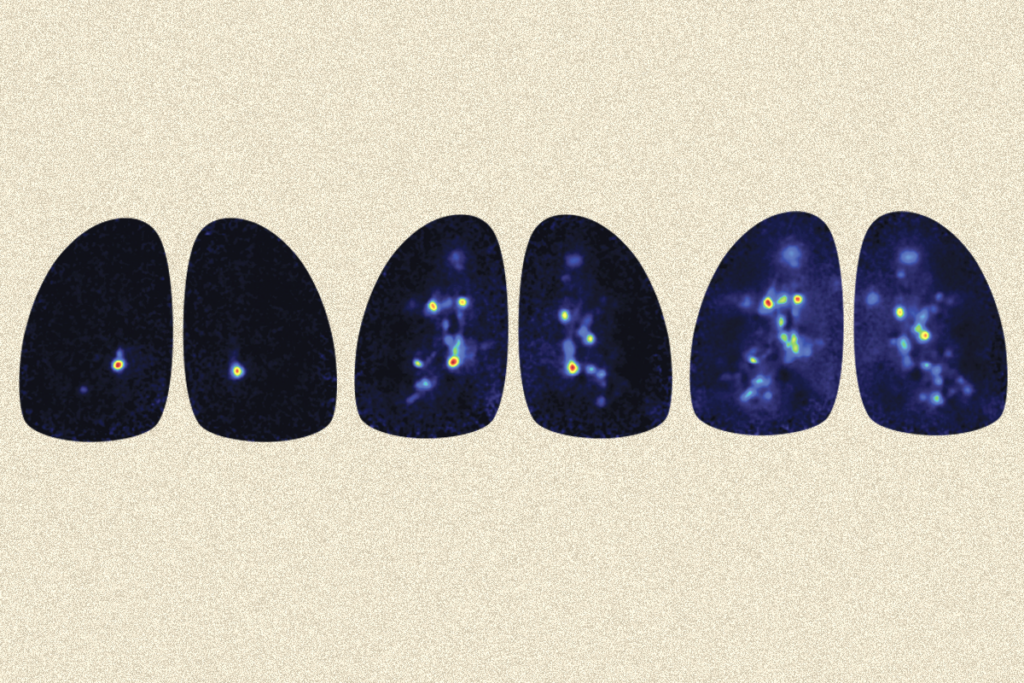
Smell studies often use unnaturally high odor concentrations, analysis reveals
By
Calli McMurray
16 April 2025 | 7 min read
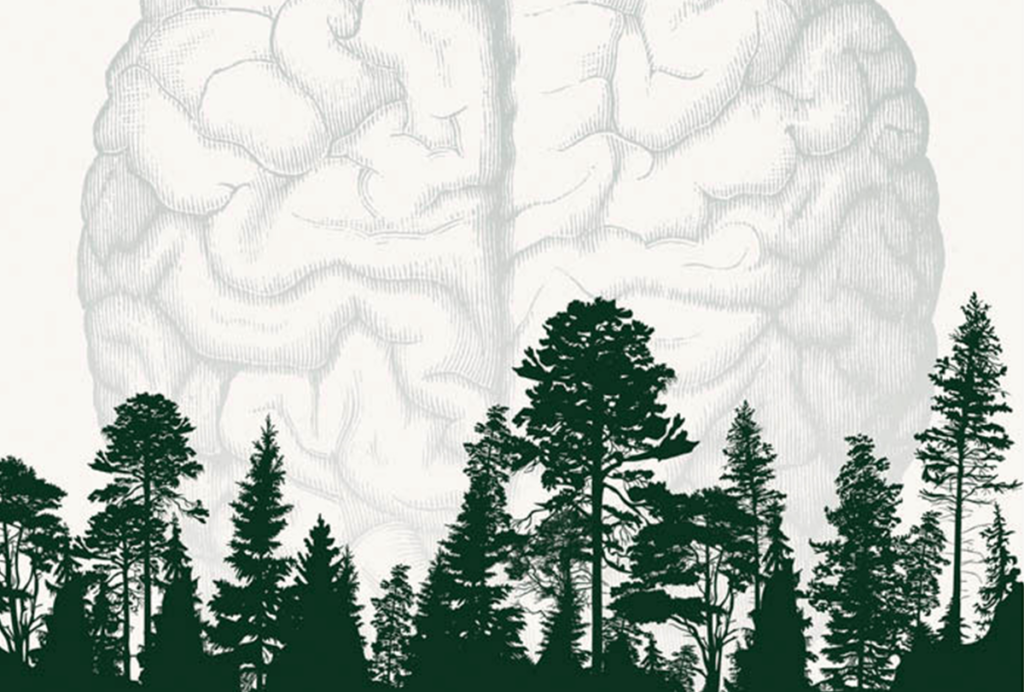
‘Natural Neuroscience: Toward a Systems Neuroscience of Natural Behaviors,’ an excerpt
By
Nachum Ulanovsky
15 April 2025 | 9 min read
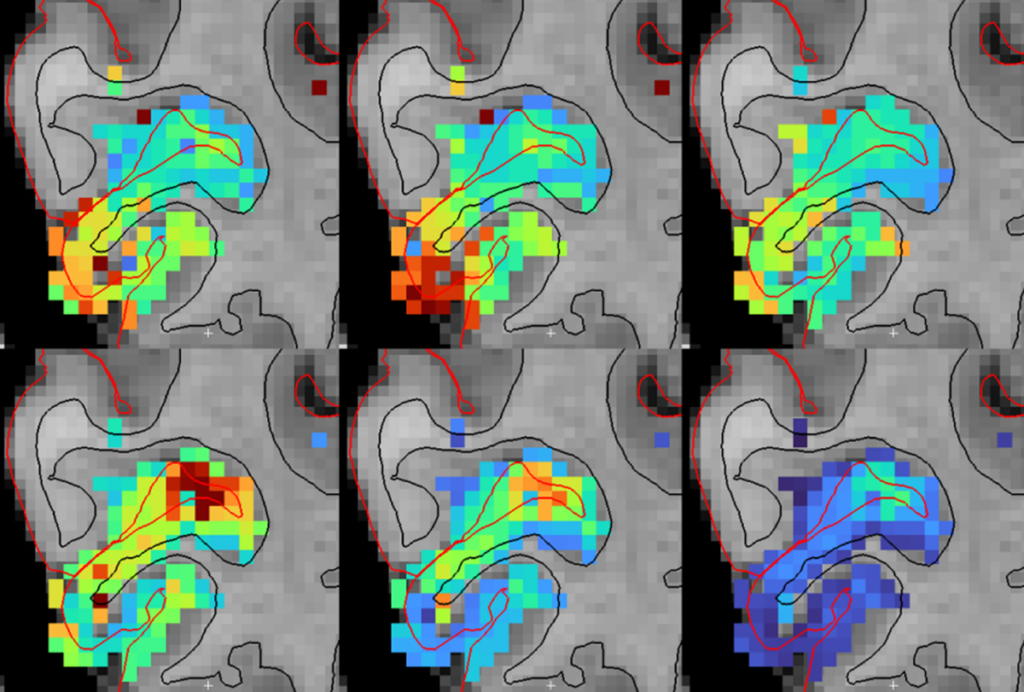
Functional MRI can do more than you think
By
Laura Lewis
14 April 2025 | 6 min read
Cite this article: